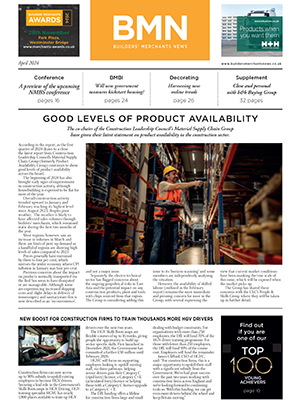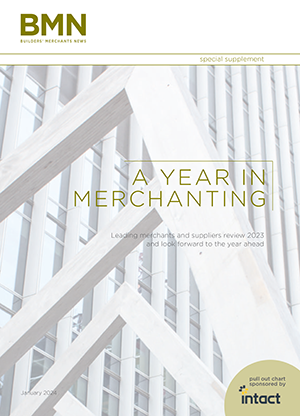Building Information Modelling (BIM) is no longer considered as the up and coming force in construction and building design; it is now the present and the future.
The government's 2011 BIM strategy announced its intention to require mandatory collaborative 3D BIM on all central government funded projects by 2016. Now just six months away, some parts of the industry are still getting to grips with certain aspects of the legislation.
So why does the government see this as so important? Ultimately, BIM is driven by a desire to improve efficiency within the industry and provide a universal modelling system that improves both construction and the management of buildings.
What exactly is BIM and how is it changing construction projects?
As a concept that was first invented way back in 1970 as a way of pooling and sharing information between contractors, BIM is finally benefitting from the modern technology required to catch up with the original idea.
BIM enables architects and contractors to go far beyond the previous two-dimensional drawings that formed a project. Now, elements such as design, time, manufacturing and cost can all be factored into the building information model - meaning that BIM represents not just geometry, but conjures a projected reality that is shared with the different professionals and disciplines involved in a construction project.
From a project planning perspective, BIM has become remarkably useful. Similarly, the model of information created can be shared, amended and updated from the design team to the contractor, subcontractor and operator - ensuring that no aspect of design and planning can be overlooked, as well as providing a system of ensuring that all team members are working to the same standards as one another.
How on track is the UK when it comes to rolling out BIM for 2016?
As the BIM 2016 deadline draws ever closer, there have been increasing doubts among construction professionals over whether the UK will be able to meet the government target. A recent survey found that 71% of respondents believed that the industry would not be BIM ready by 2016. The main reason for this is believed to be the lack of understanding of BIM throughout the entire supply chain, causing a non-collaborative approach.
According to the 2014 NBS National BIM Report, 54% of UK construction professionals used BIM on at least one of their projects, while 93% of those who know about BIM believe they will be using it in three years’ time.
As the awareness of BIM is now widely spread, the challenge is for the whole industry to get up to speed on the BIM learning curve, and really understand what BIM can do for them. Challenges so far have mainly been due to the absence of collaboration in the construction team and its supply chain – something that, at voestalpine Metsec, we’re proud to have lead with a collaborative approach for over 20 years.
In order to meet the 2016 deadline, it is important that software vendors and data providers work to encourage every strand of the construction industry to work together to make BIM happen ensuring that easy to use software is being created. However, it is also important to remember that BIM is not purely about the software - it's a cultural change within the construction industry.
At voestalpine Metsec, we're committed to working together with every aspect of the construction process to ensure that the BIM process can be applied as transparently as possible. BIM has grown to become an integral part of the ‘Metsec’ service offering and we make use of its cross functional properties to ensure we deliver engineered solutions for the main contractor through accuracy and zero-waste. The UK construction industry is large and complex and many see it as slow in adopting change. Many of the principles of BIM are already being implemented in projects across the building industry, but to set a consistent standard for project delivery and operational performance, it must be utilised by the entire industry to ensure we’re all working to the same high standards.
Richard Allen is marketing and business development director at voestalpine Metsec.









